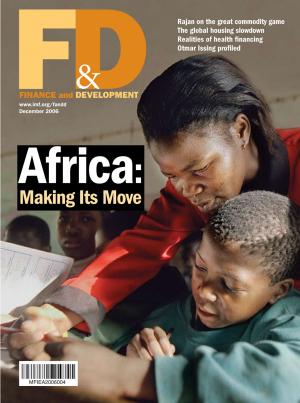Central Bank Reform in the Transition Economies
Business & Finance, Economics, Public Finance, Finance & Investing, Banks & Banking, Macroeconomics| Author: | International Monetary Fund | ISBN: | 9781455277018 |
| Publisher: | INTERNATIONAL MONETARY FUND | Publication: | May 1, 1997 |
| Imprint: | INTERNATIONAL MONETARY FUND | Language: | English |
| Author: | International Monetary Fund |
| ISBN: | 9781455277018 |
| Publisher: | INTERNATIONAL MONETARY FUND |
| Publication: | May 1, 1997 |
| Imprint: | INTERNATIONAL MONETARY FUND |
| Language: | English |
Since 1992, the central banks of the Baltic states and the Commonwealth of Independent States have undertaken comprehensive reform of their monetary and exchange arrangements in support of their stabilization efforts. Their efforts have been supported by extensive technical assistance provided by the IMF and 23 central banks. This book edited by V. Sundararajan, Arne B. Peterson, and Gabriel Sensenbrenner, contains the background papers prepared for the second joint coordinating meeting of participants. That meeting focused on the progress of structural reforms in central banking and bank restructuring and identified priorities for the deepening of reforms. The book documents the remarkable progress achieved by the Baltic and CIS central banks and the catalytic role they have played in financial market development.
Since 1992, the central banks of the Baltic states and the Commonwealth of Independent States have undertaken comprehensive reform of their monetary and exchange arrangements in support of their stabilization efforts. Their efforts have been supported by extensive technical assistance provided by the IMF and 23 central banks. This book edited by V. Sundararajan, Arne B. Peterson, and Gabriel Sensenbrenner, contains the background papers prepared for the second joint coordinating meeting of participants. That meeting focused on the progress of structural reforms in central banking and bank restructuring and identified priorities for the deepening of reforms. The book documents the remarkable progress achieved by the Baltic and CIS central banks and the catalytic role they have played in financial market development.















